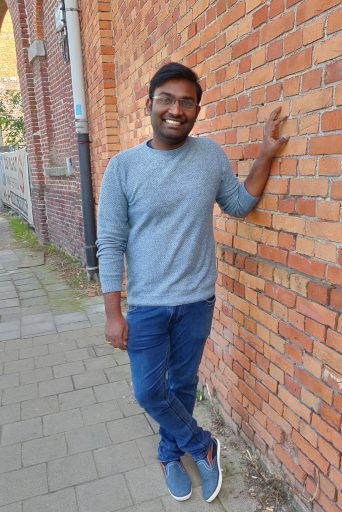We sat down with Joseph Jebamalai to discuss his experience in the study of district heating networks and what insight he could share with the industry.
Joseph, could you share a bit about your professional journey thus far?
After studying in India, which is my birth country, and also in Sweden and Germany, I arrived in Belgium for my PhD on district heating systems. I decided to study the design of fourth generation district heating and cooling networks.
Fourth gen means lower temperatures in the network, about 50 degrees as opposed to 70 - 100 degrees Celsius in older generations. It also introduces a combination of heating and cooling and allows the use of different decentralized heat sources in one network. In addition, there is the possibility to incorporate a ring network, which means one building can provide heat to another, and can receive cooling from within the same network.
This is how I came across Comsof Heat, the software developed automates and speeds up the design of heating networks. It is of great use to me as I want to optimize variables such as pipe sizing, storage and possible combinations. This usually takes a lot of time and effort when doing manually.

Could you share more about your research paper and its focus?
So the first chapter explains how the Comsof Heat software works. How to use the energy consumption in the network to calculate peak demand for example. How it automates the network design and what the added value is compared to manual drawing and calculations.
The second chapter is a case study of the Dutch town of Nijmegen. I made designs for about 2300 buildings. We analyzed several parameters, such as pressure levels, substation sizes, different demand scenarios.
The latter is an important variable, as it is estimated that heat demand will drop fifty percent by 2050 because of more efficient isolation. This means demand of some smaller buildings will drop drastically. Connecting them to this network would no longer be economically viable, so we can exclude them from the network, together with all connection costs. As an alternative, a heat pump or extra boiler can be installed.
Can you share some of your conclusions?
One of the main challenges of building a district heating network, is that heat demand will lower significantly in the coming years. However, deployment costs will not. That is why companies and communities must be vigilant when building their business case.
Civil costs such as trenching are by far the biggest budget strain. So if these costs can be avoided or minimized, the business case will improve. Network automation software is a good start. And combining works with other utilities such as gas and sewage, lets you save extra. In addition, dense urban areas are the most interesting as demand is high and trenching distances are low.
What exciting projects are on the horizon for you?
My next paper will be on network energy storage. What is the cost difference between centralized and decentralized storage? I am comparing a large centralized water tank and smaller local water tanks near private dwellings for example. Or what is the difference between storage inside or outside the network. And do these variables have an impact on pipe sizing? At the moment, I am working on several scenarios.
I am also planning a paper on the implementation of several heat sources in one network. And I will work on a publication discussing the combination of heating and cooling in one network.
The rollout of all these technologies is approaching quickly. There are many pilot projects all over Europe. Fifth generation district heating networks are approaching as well, with temperatures dropping to 30 degrees Celsius.
What is it like to be part of the team?
It is stimulating to have colleagues with different backgrounds such as engineers, mathematicians, and more commercial profiles. This sparks many interesting discussions on the software development. We also have many contacts with industrial partners, which provide valuable insights from their perspective. This results in a highly dynamic atmosphere, much more dynamic compared to the universities I studied at.
Interested in the full paper?
An automated GIS-based planning and design tool for district heating: Scenarios for a Dutch city.
View the study on ScienceDirect >>>
Talk to our energy experts to learn how you can reach Net Zero faster with Comsof Heat, our automated planning and design software for district energy networks.



 Previous
Previous




